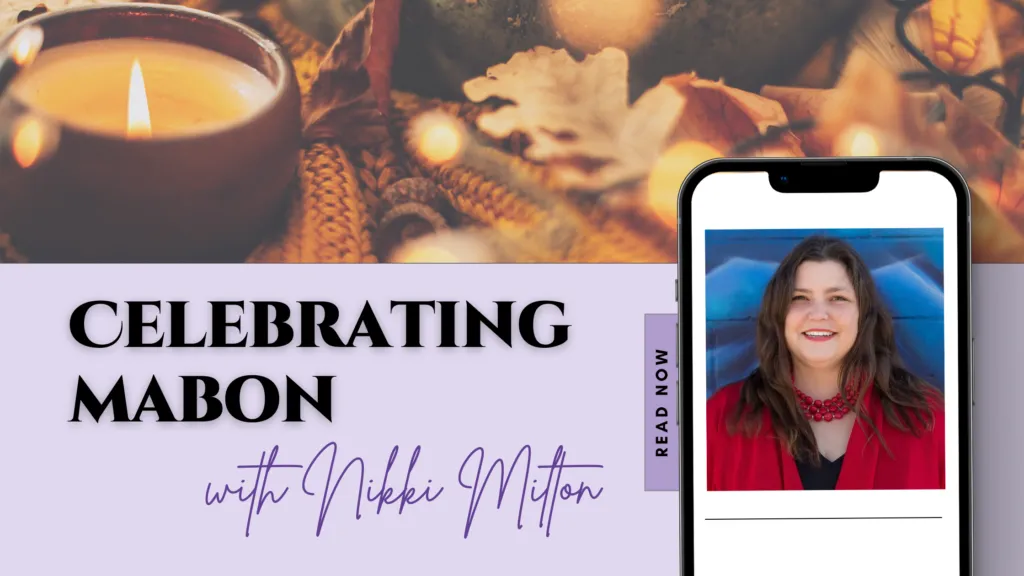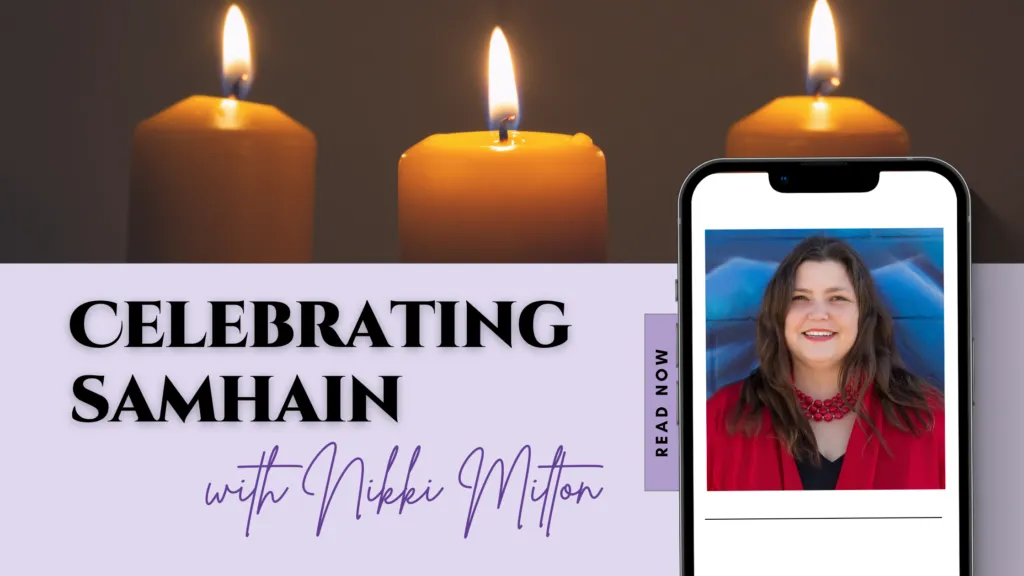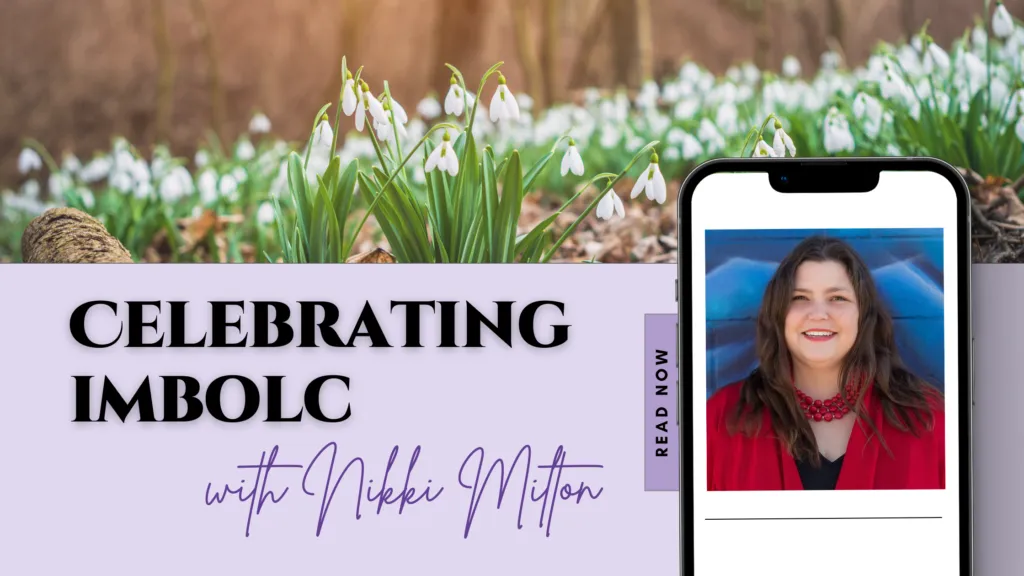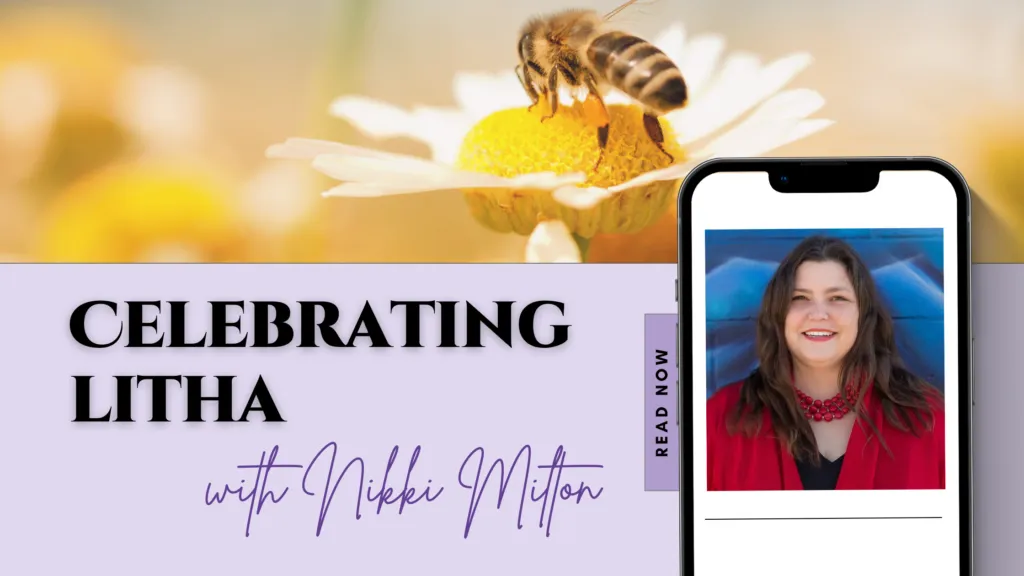Celebrating Mabon: What It Is & What It Means
Mabon is a time to celebrate the changing of the seasons and give thanks for the abundance of the harvest. It's a time of balance and reflection when pagans often engage in various rituals and activities to honor the earth's bounty, express gratitude, and prepare for the colder months ahead.




